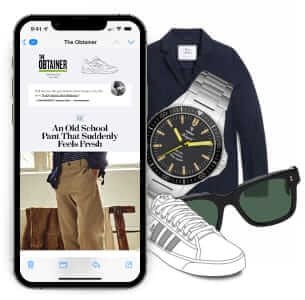Lessons in Success From Ralph Lauren
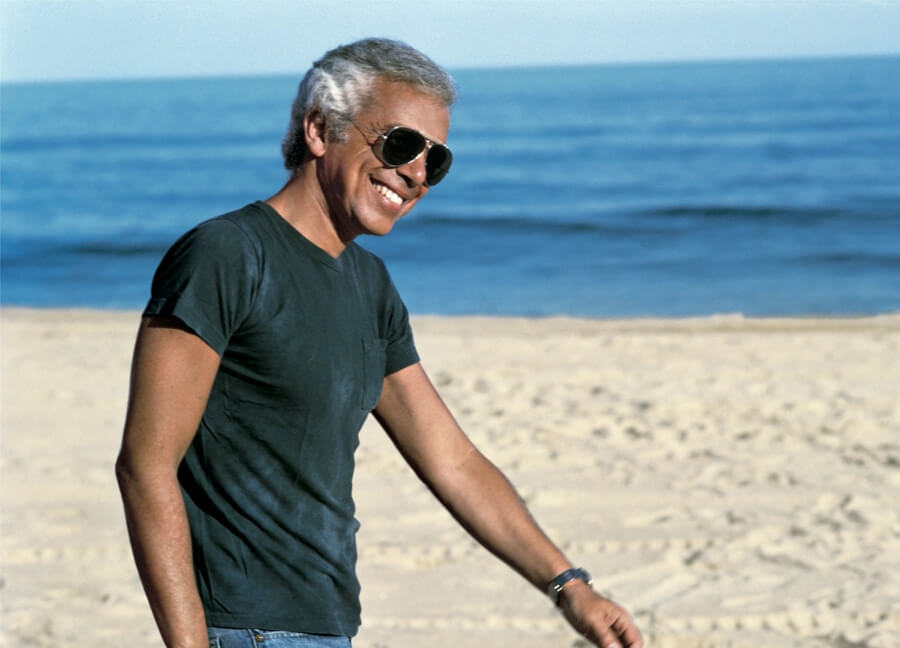
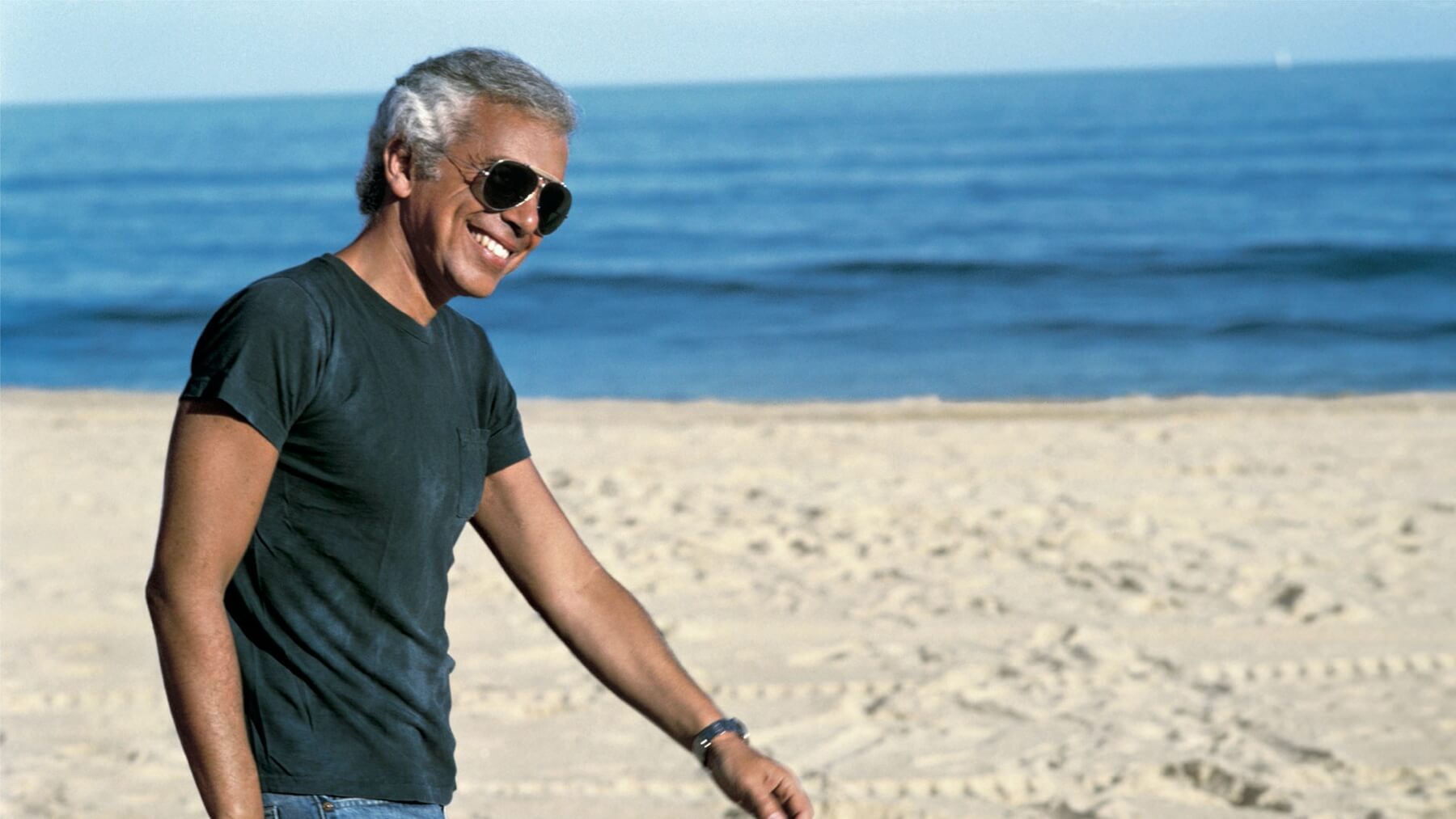
Lessons in
Success From
Ralph Lauren
Two takes on a biography for
America’s leading man of style
All great American success stories are predicated on hard-work, perseverance and a thick skin. And Ralph Lauren, the master of American style, definitely sits atop the pantheon of great success stories. He's the son of two immigrants and grew up in a working-class Bronx neighborhood, but through determination and sheer ingenuity, became a self-made billionaire. A man who, without formal design training, went on to become one of the world's most successful designers.
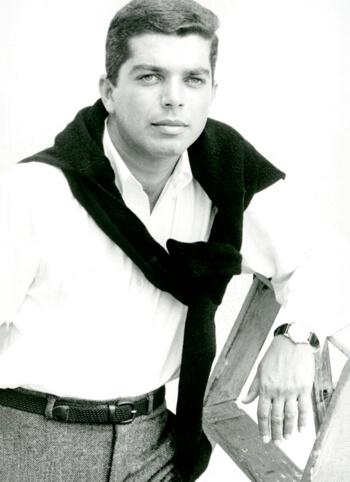

The story of Ralph Lauren the brand is now almost as legendary as the man himself. Which makes sense as the two are inextricably linked. In 1967, a 27-year-old dreamer, just starting out in the business, had an idea. He was working, as he remembers it, for a tie manufacturer out of a drawer in the Empire State Building and envisioned a new kind of necktie. It was inspired by a style then gaining traction over in London—colorful, expressive and slightly wider than the skinny, muted neckwear popular back home in New York. He designed those ties and began selling them to department stores, often showing up to appointments in his now signature jeans and leather bomber jacket. The rest, as the saying goes, is history.
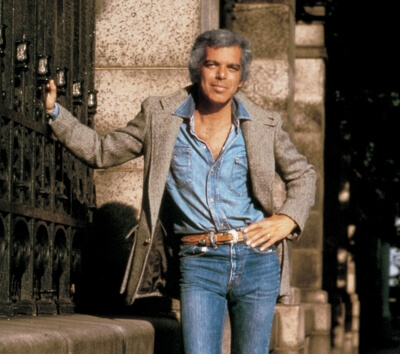

It's a rich history too—full of lessons on tenacity, vision and believing in oneself. Which is how Lauren, who turned 80 last month and is currently celebrating half a century of his namesake brand, became the subject of both his own movie and book. On Tuesday, the long-awaited Very Ralph premieres on HBO. Three years in the making, the documentary traces Lauren's life from the struggles of youth to building a global empire, while exploring his off-duty obsessions like classic movies, vintage cars and his beloved baseball.
"I'm proud of my own company," Lauren says. "But I love the Yankees." Last fall, when he threw out the ceremonial first pitch at Yankee Stadium, he did it in true Ralph Lauren fashion. Meaning he did his research, prepped like hell and showed up looking the part—confident, cool and in control. And that's because in the weeks leading up to the event, he was practicing with his trainer. Why be unsure about your pitching abilities in your late 70s when you can put in a little time to make sure you really deliver?


It's that kind of a sincerity and forthrightness that really sets Ralph Lauren apart from almost everyone else in the often cynical, competitive world of fashion. Could he have gotten away with the usual half-assed toss? Of course. But he practiced and made the whole thing look effortless. That logic really tells you all you need to know about the man. He notices the little things and he wants to do whatever he's doing well—you don't need to see the effort behind the details to appreciate them.
And that effort is shown in the film, as documentarian Susan Lacy follows Lauren around for a few days at the office. Lacy felt it was important to not only use archival footage, but to show that the man who's name is on the building still goes into work and puts in the hours everyday.
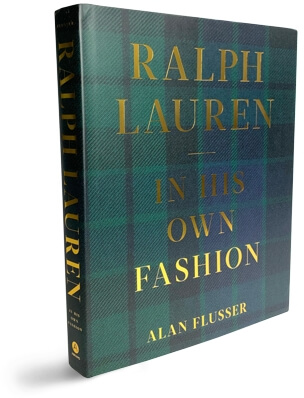
Ralph Lauren: In His Own Fashion,
$50 at Amazon

Ralph Lauren: In His Own Fashion,
$50 at Amazon
Also out on Tuesday? Alan Fusser's book, Ralph Lauren: In His Own Fashion ($50), which is being called the definitive tome on the man. Flusser, of course, might be best known for penning one of the first style manuals, Clothes and the Man, but he's also a tailor himself and dressed both Michael Douglas in Wall Street and Christian Bale in American Psycho.
Flusser was granted access to both the designer and the company's back catalog of advertisements, inspirations and photos, along with its vast clothing archive. "For Ralph, clothing was simply a road map to something larger—a total feeling, a lifestyle," writes Flusser. As the designer tells him, "I don't do shoulders, I do worlds."
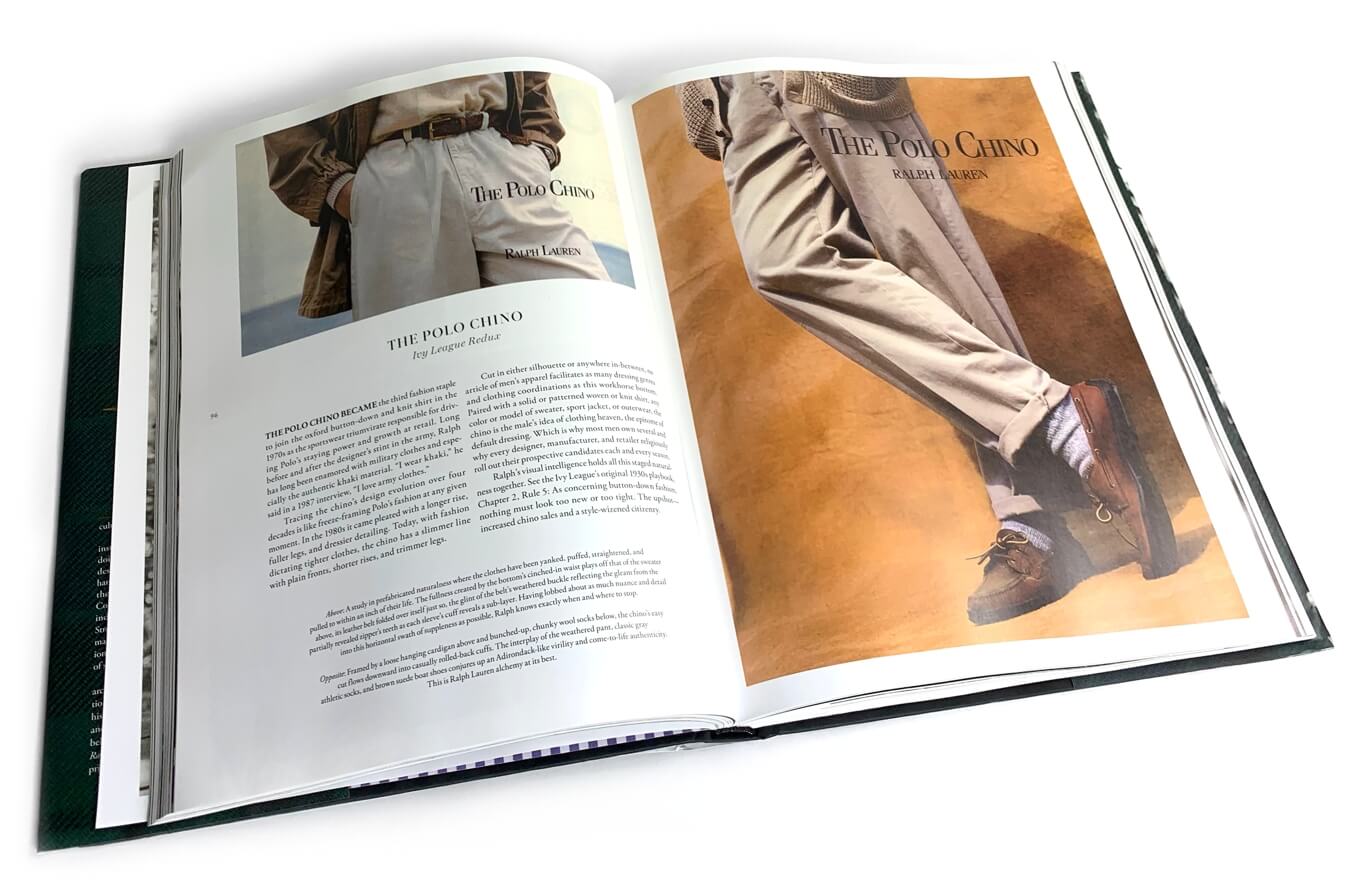
The book explores all the ways in which Ralph Lauren broke the traditional rules of fashion and retailing to forge a path that somehow celebrated both the aspirational and the attainable. It's filled with lessons on trusting your gut, taking risks and sweating the details. You also get a closer look at his houses (all five of them) and cars (including a rare $60 million Bugatti), as well as his office. It's here where Flusser notices how the scene-setting that Lauren is so famous for really pays off.
The office's non-corporate style provides a better way to work. It drives creative forces and does away with any useless formality. "More family-like than in other fashion headquarters, no one calls him Mr. Lauren," writes Flusser. "As to what the boss might be wearing is anyone's guess ... Ralph dresses to express that day's particular mood." As we've learned, the mood is where it all starts, right?
Available on November 12th
Some of the biggest names in menswear have one thing in common—they all called Ralph Lauren boss. So what does the living legend teach his students? We found out.


